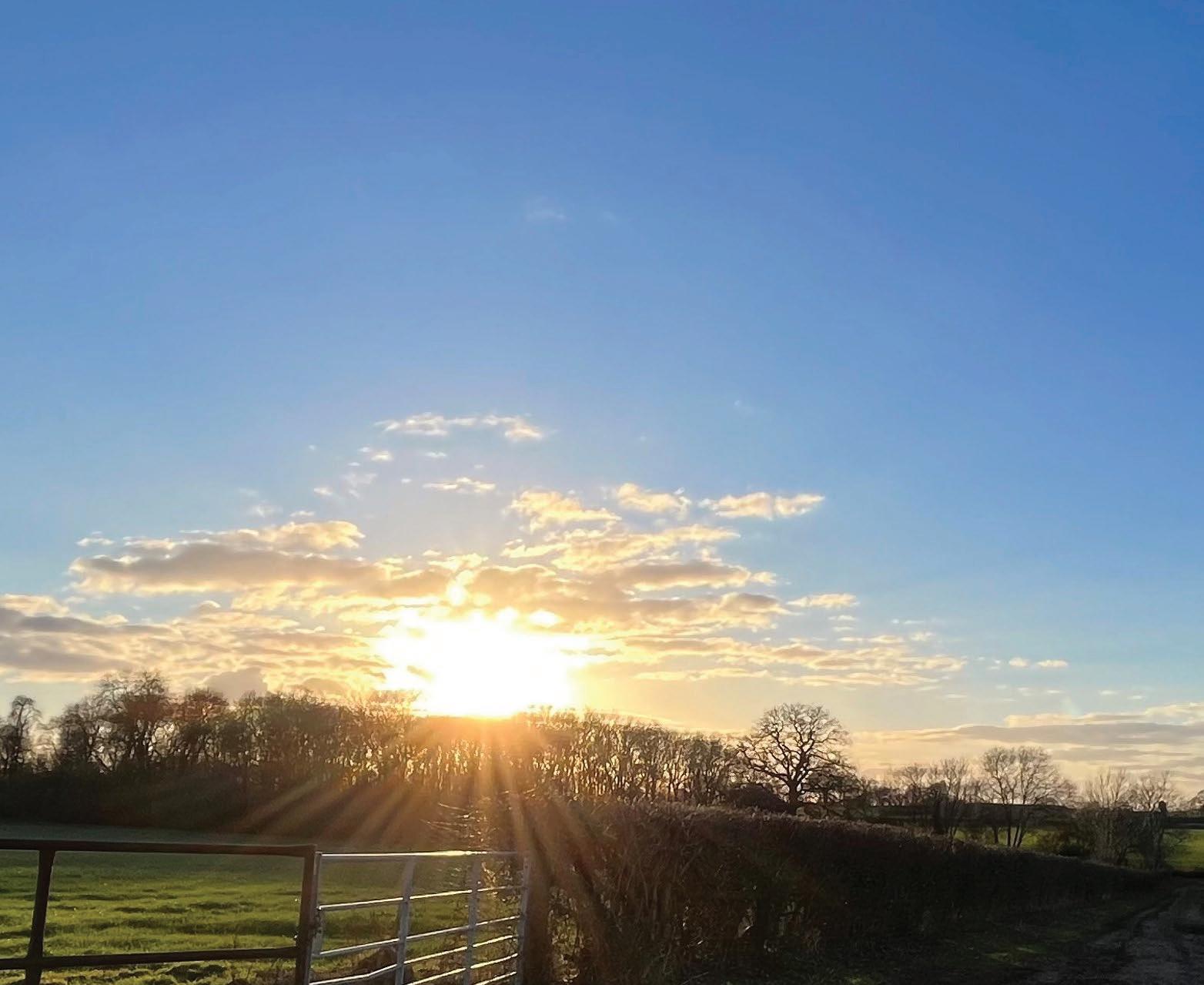
2 minute read
Decade of disruption
Total income from farming
Using Defra’s measure of total income (profit) from farming, 2021 was amongst the best ever, at around £6bn, due to strong dairy and cereal values, and 2022 still near £5bn. But with input cost rises biting fully in 2023, falling output prices and support, TIFF will be sharply lower, nearer £3bn in 2023 and 2024, closer to turn-ofthe millennium levels, Andersons estimates.
FARMING in the ‘decade of disruption’ is no mean feat. The winds of fortune may favour one sector one year, another the next. But all have the pressure of rising costs and meagre productivity gains, which spells headaches all round – sooner or later.
After two very profitable years for combinable crops and dairy, 2023 results are set to bring a sharp return to reality, as rampant inflation continues to bite across farm inputs, labour remains tight, wages continue to rise and market prices fall, says Richard King, head of business research at Andersons.
For pigs, poultry, roots, horticulture and livestock those two years of profitability have been minimal, or severely lossmaking, forcing some to quit, others to cut production severely, and many to lean on offfarm income to sustain their farming lifestyle.
Fast dwindling support payments, especially in real terms, add to the pressure. So, amidst so much turbulence, farmers need to look extra carefully at business planning.
Economic indicators, including inflation, agflation, interest rates and price volatility may seem severe, but are not unprecedented, Mr King notes, if a longterm view is taken. Retail price inflation of 10% feels very high compared with 30 years at just 2-3%, but exceeded 20% in the 1970s and during both World Wars, and interest rates topped 15% in the 1980s and 1990s. “It feels very different, but as an industry we have been here before.”
Agricultural inflation, which peaked at 26% last May, is now under 20%. But don’t get complacent. “Don’t get fooled into thinking prices are coming down, they’re just not going up as quickly.”
Defra sees productivity growth as the solution and wants industry to pursue it with more gusto. The trouble is productivity gains have remained stubbornly stuck at just 1% per year for the past 15 years. But, unsurprisingly, that conceals huge variation.
Return on investment
Some farms produce well over £150 of output for every £100 spent, notes Mr King. But many get back less than £60 for every £100 spent. “They’re effectively destroying value in their business, by getting less out of than they put in,” notes Mr King.
Defra data for the past five years shows a barely perceptible change in the distribution of productivity across UK farms, with support payments blamed for bridging the gap between profit and loss on too many farms for too long. “It has improved a little, but it is not hugely noticeable.”
Defra thinks declining support will remove the worst performers. But Mr King is less convinced. “If they are already taking only £30-40 out for £100 spent there must be something else going on to cross-subsidise the farming. They’re not fully commercial.”
He believes those just below the breakeven line, losing maybe £10 for each £100 spent, may be more likely to restructure, seeking someone else to do the farming. The same may also apply to those taking out £130-150 for each £100 spent – recognising someone else could do better on their land, with their working capital better used elsewhere.


Significantly, borrowing has not increased greatly, mainly linked to working capital, and is not expected to test farming businesses, despite the recent temptations of the recent era of low interest rates. Indeed, deposits held by farming businesses have grown steadily. Personal deposits held by those in farming may have risen similarly, Mr King suggests.
While land values are reportedly rising, remember the role of inflation, which means in real terms they are probably static, at best, he adds. Nonetheless the industry’s land assets remain a whopping £275bn.
Based on what they have seen so far this decade, and what they can see coming, two-thirds of farmers recognise they need to change what they are doing, notes Michael Haverty, senior research consultant at Andersons. Of those half are looking to diversify, 30% to boost productivity, 30% to change enterprises and 10% to leave farming.







